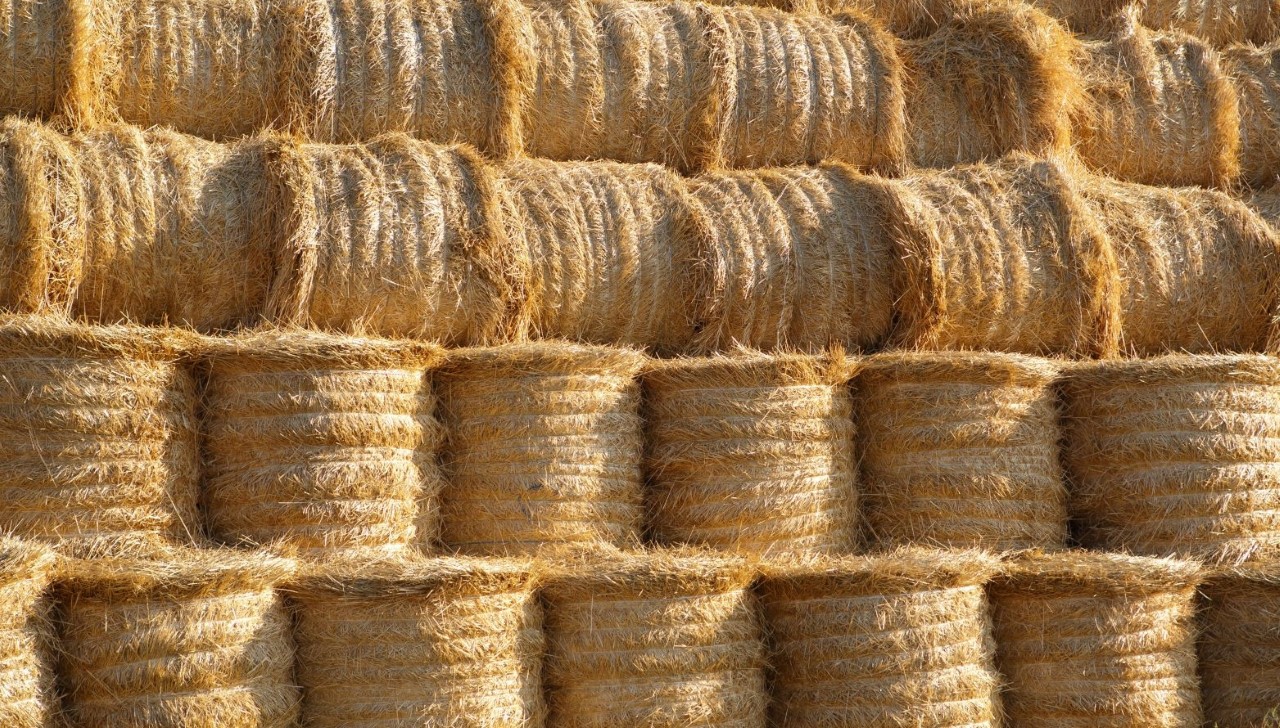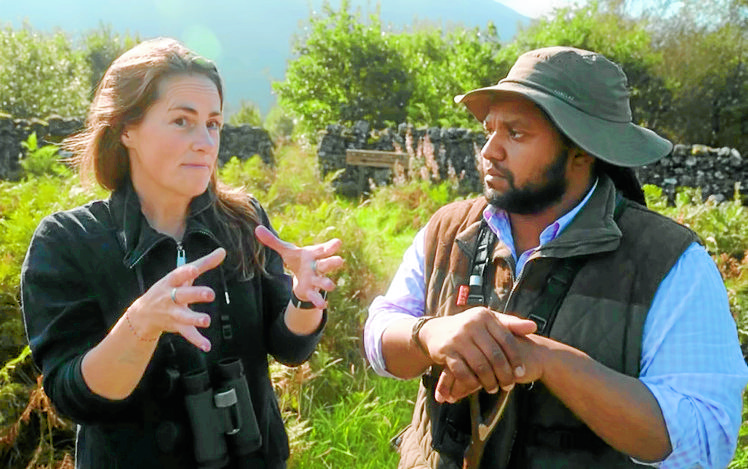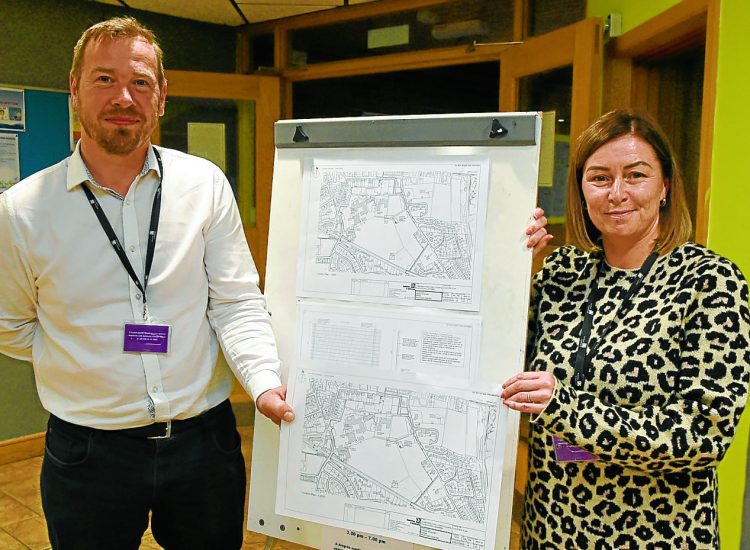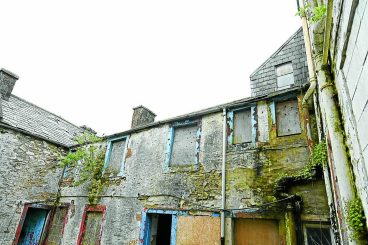AN agricultural expert is urging farmers across the country to safeguard lives – and livelihoods – when working with hay and straw bales.
“With barn activity increasing during the winter months, following safety guidelines is paramount,” said James Cuthbertson, of rural insurance broker Lycetts.
According to the Health and Safety Executive, 20 per cent of all agricultural deaths in 2021/22 were due to people being struck by an object, with hay bales being a leading cause.
“In addition to the risks of fatal accidents, failure to observe the stipulated stack and distance limits for haystacks could invalidate insurance cover,” Cuthbertson said.
“If stack limits are contravened, such as being too close together, too high or undervalued, farmers face significant shortfalls in the event of loss, such as accidental fire or arson.
“It is imperative that farmers find out if there is a haystack limit defined by value rather than volume. If, for example, a stack with £60,000 worth of hay catches fire, there is a strong chance it exceeds the limit. Often there are distance limits written into policies too, which is usually 20 metres, but this can vary.
“The best way to comply with the terms of a policy is to split stacks and keep them in different locations but checking the policy wording should be the first port of call.
“The stakes are too high and are certainly not worth the gamble.”
Cuthbertson also highlighted the critical role of risk management in mitigating the chances of fire.
An abundance of combustible materials, threat of arson, risk of electrical faults in buildings and overheating in machinery are just some of the fire risks farmers face daily.
He added: “It can be expensive to replace produce needed to feed livestock through the winter, so ensure appropriate insurance is in place for this eventuality.
“We’ve encountered incidents of straw being stored in sheds that have been set alight and both the straw and shed have been underinsured.”
To mitigate the risk of spontaneous fires he recommends simple measures, such as ensuring there are no naked bulbs or misplaced glass or mirrors near to haystacks, the installation of sufficient and accessible on-site fire extinguishers and having water bowsers nearby.
“Another risk to consider is that of children gaining entry to a barn and playing among the bales. They could suffer serious – or even fatal – injuries should bales fall.
“Keeping buildings locked and securing and maintaining perimeters can prevent unauthorised entry by children or arsonists.
“Risk management is an often overlooked aspect of farming but taking the necessary precautions can help prevent accidents and financial losses.”
























